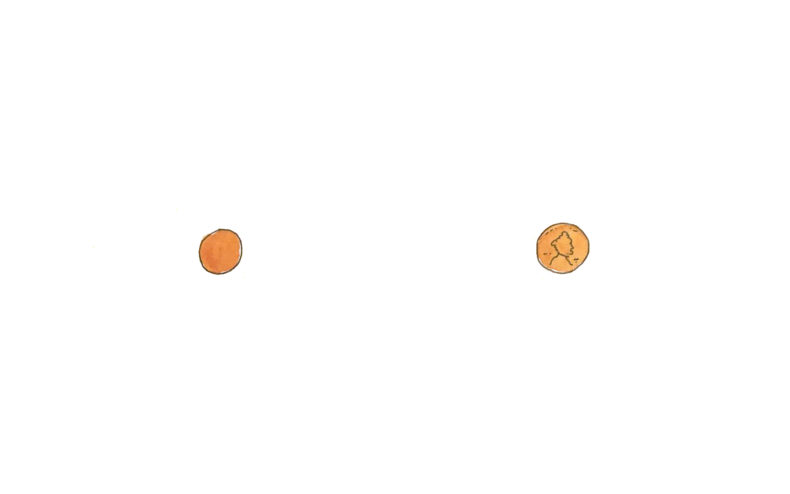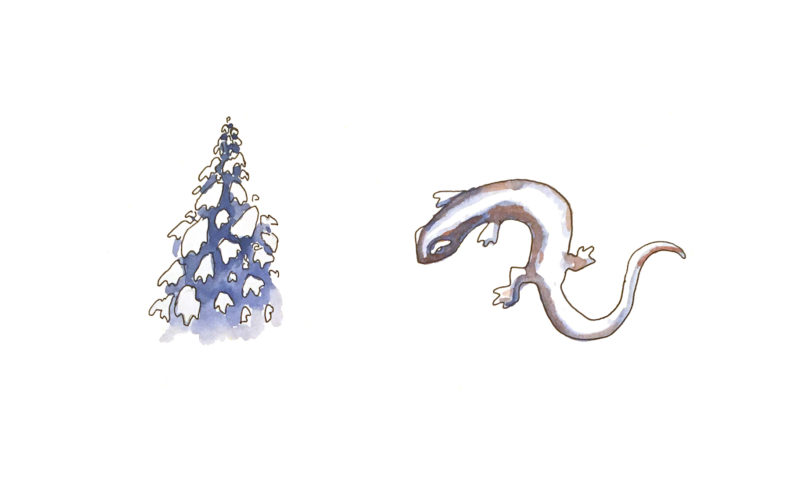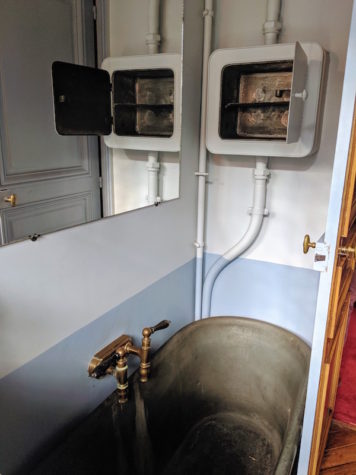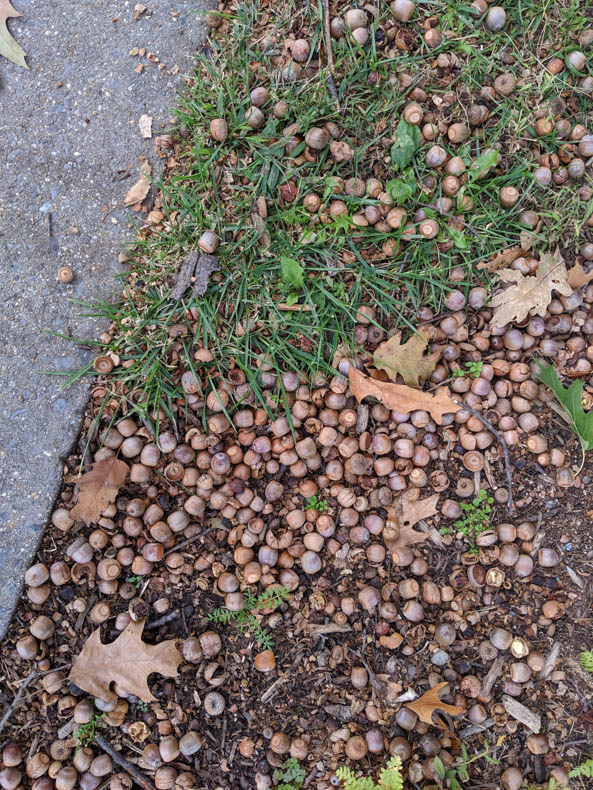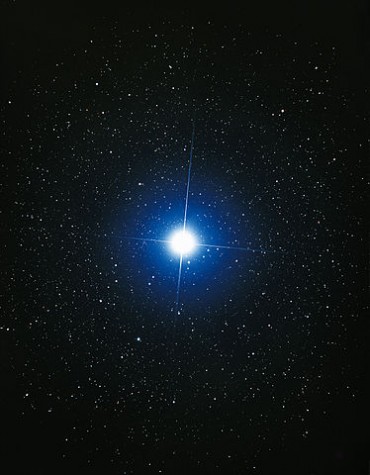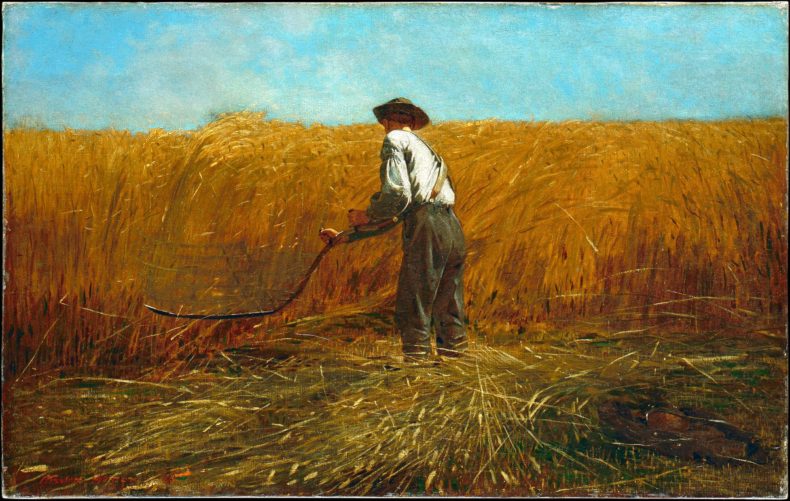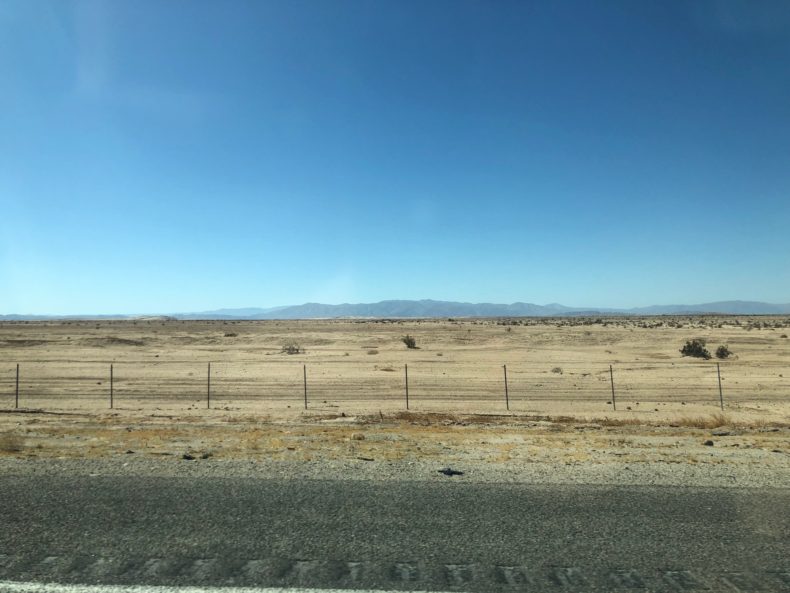
At a biological field station in the Chiricahua Mountains of southeast Arizona — towering canyons and clear-running creeks — a Stanford scientist attending a poetry workshop volunteered to get up for an evening reading. He’d spent the week studying with poet Sherwin Bitsui in an environmental writing program put on by Orion magazine, using specimen labs and the cafeteria as workspaces, people sitting outside in sun and sycamore shade with their notebooks. He explained to the audience in folding chairs that as a climate scientist, he grows frustrated communicating empirical thought and seeing little result in the real world, which is why he chooses to practice a different kind of writing. With a page in his hand, he came to exercise his poetic side.
The scientist-poet is Rob Jackson, head of a multi-disciplinary global research lab at Stanford. The lab studies the consequences of climate change, such as droughts and forest die-off. Scientific journal articles he’s authored are extensive and urgent, how swiftly global energy growth is outpacing decarbonization, or methods of removing methane for atmospheric restoration. Last week he co-authored a New York Times op-ed on carbon emissions.
He’s “still learning to write,” as he puts it, but has published poetry in more than a dozen literary journals. In Cold Mountain Review, from his poem “White Noise,”
Continue readingThe sound of glaciers melting
isn’t towering cliffs of ice
thundering into the azure sea
or the crescendo of meltwater
swelling from purl to torrent.
It’s the pop of gunshots,
bubbles snapping free
from frozen translucent cages.
